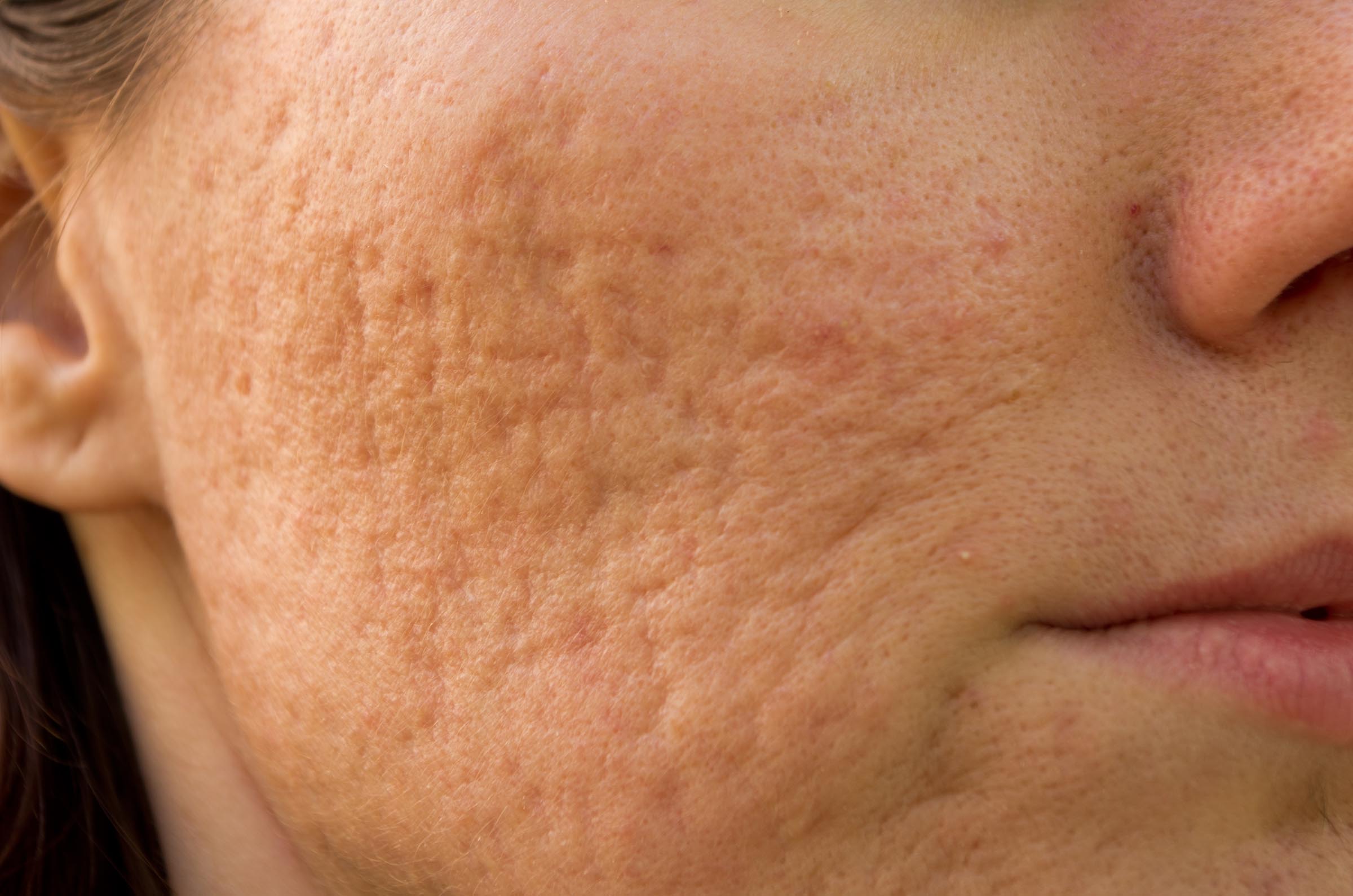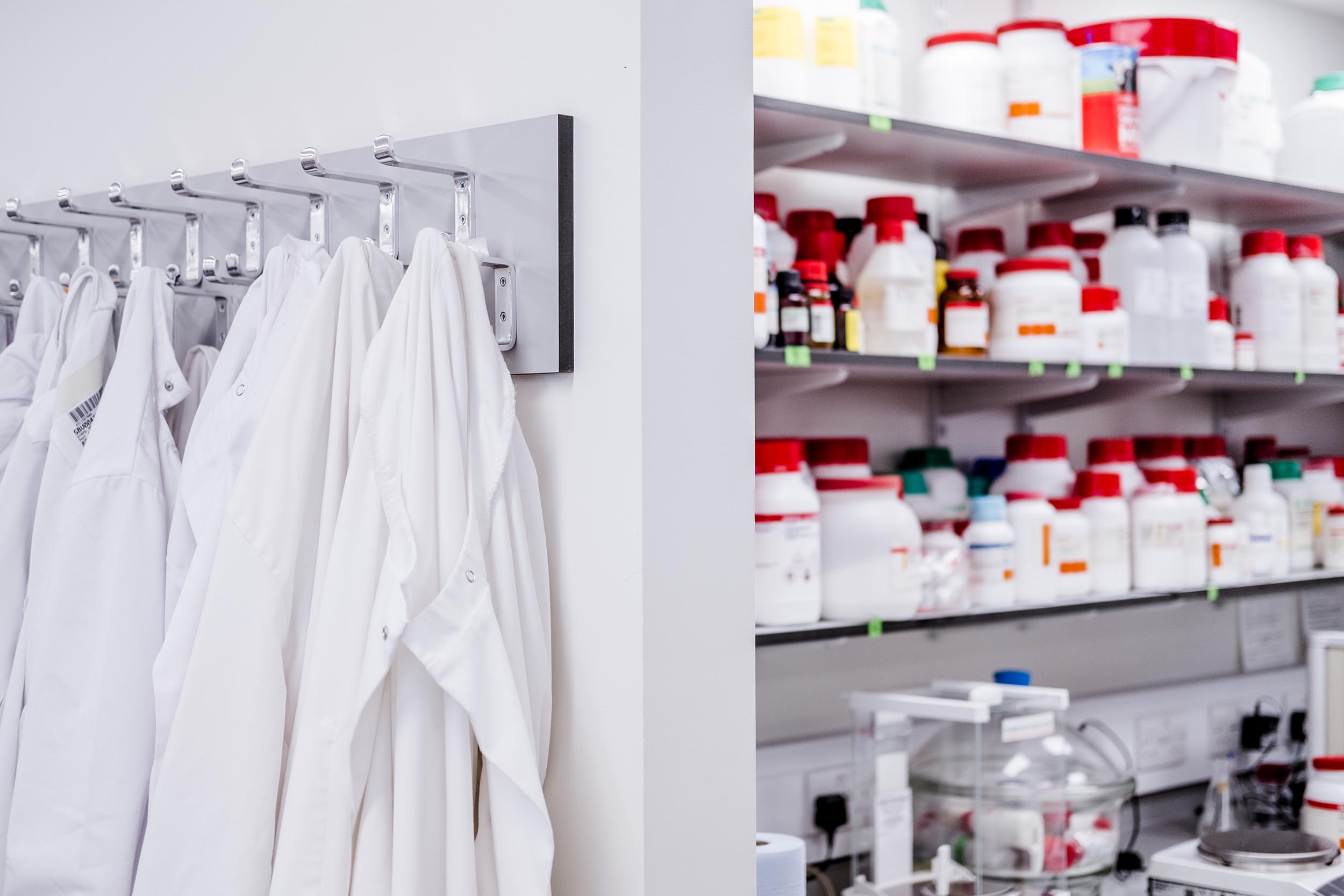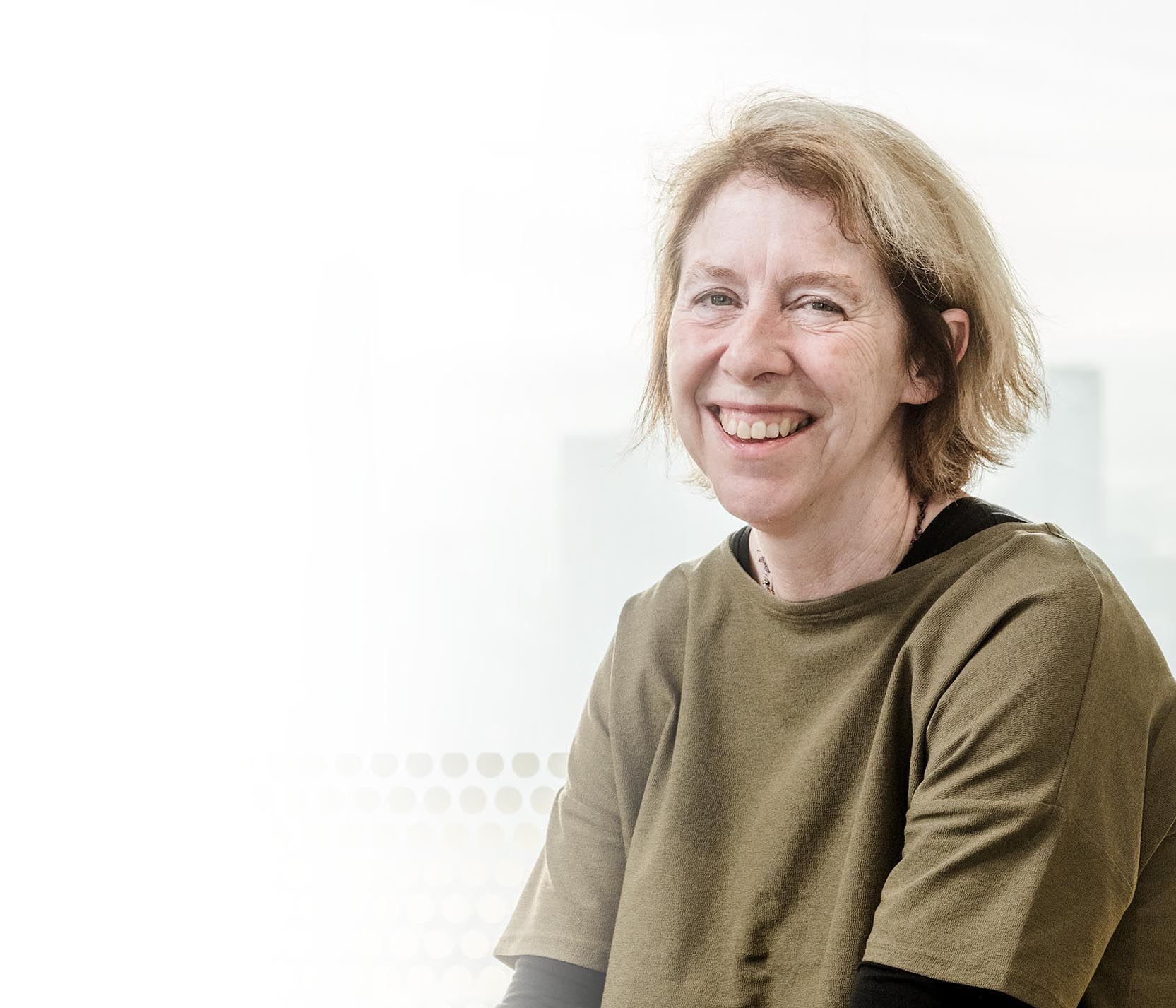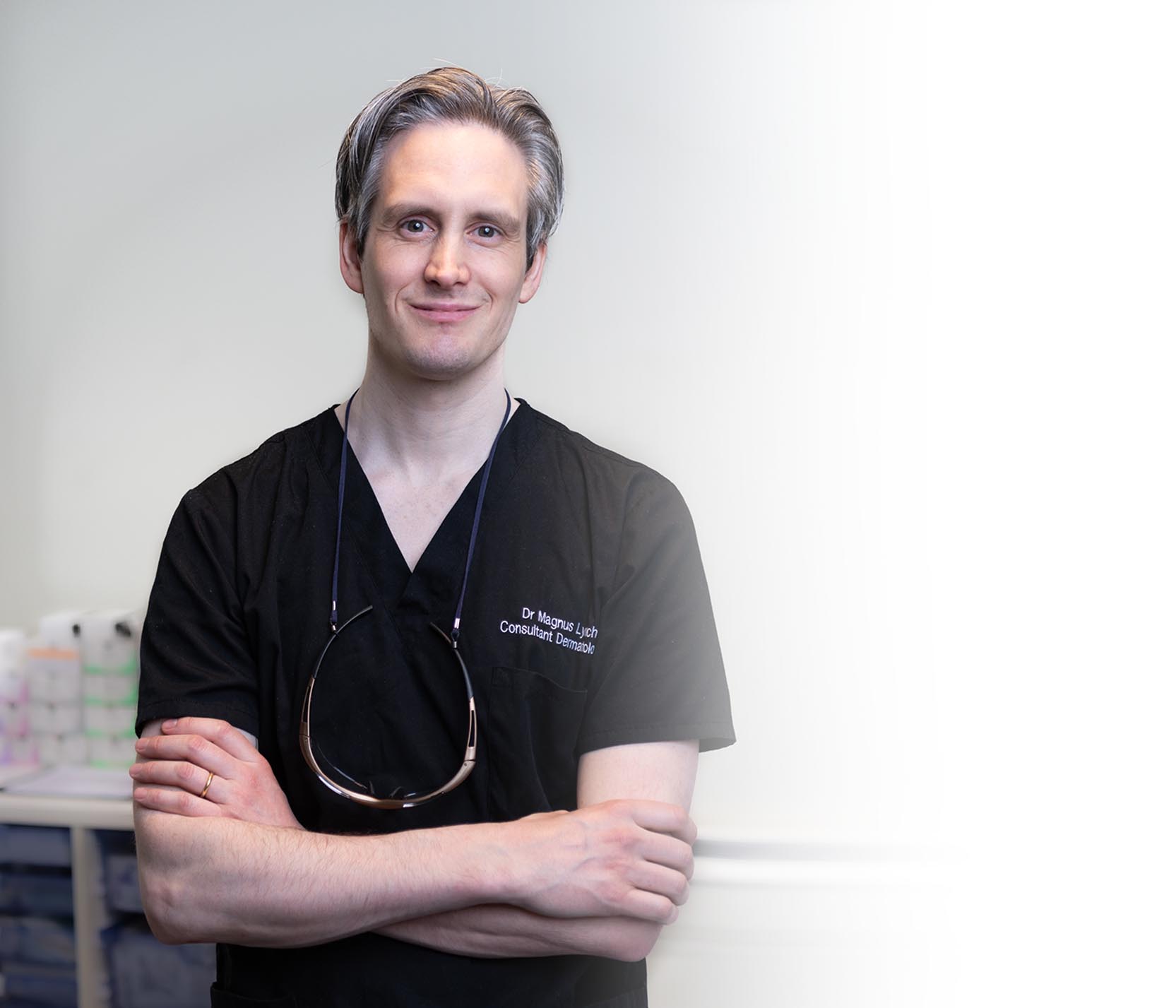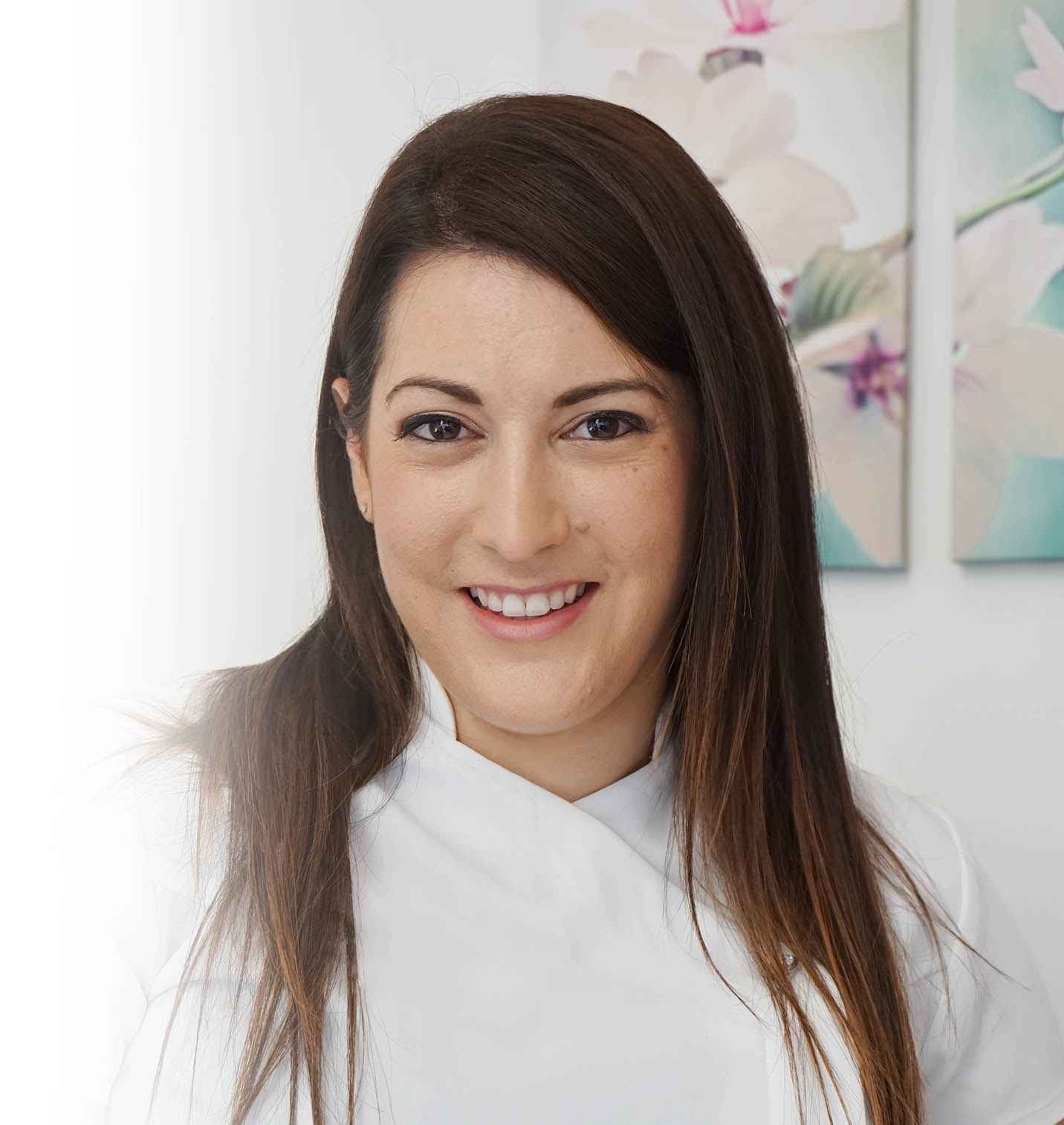




Mission
At Fibrodyne, we’re on a journey to improve the lives of the millions around the world who are affected by scarring or age-related skin changes. Our breakthrough in fibroblast (skin cell) biology, which unlocks the power of the skin to regenerate itself, makes easy, simple and truly effective scar elimination accessible and affordable to all. Already proven to be safe and effective for acne scars, our unique Advanced Therapy is already being extended to the treatment of more extensive scars associated with surgery and trauma.
WHY
Disease. Injury. Surgery. Age. They can all cause scarring. And every scar, irrespective of its size or type, can – and often does – cause significant physical, psychological or emotional distress to those who live with them. Yet, despite the best efforts of the medical and cosmetic industries, genuinely effective remedies have proved elusive. Although some treatments exist, they are often complicated and short-term, while many such treatments, provided by the cosmetics industry, are beyond the financial means of most.
A skin restoration solution that is simple, permanent and affordable by all would be welcomed across the globe. Fibrodyne’s unique technique has been developed to meet this need.
HOW
It is well known that cells called fibroblasts make the collagen protein that gives skin its structure. But the Fibrodyne team have shown that different types of fibroblasts play different roles in skin restoration. By removing fibroblasts from healthy skin, and injecting them into the same person’s scar tissue, the scar can be restored to normal appearance and function.
It is a fast and inexpensive procedure that is about to undergo trials in acne and more extensive scars associated with trauma and surgery.
OUR TEAM
The Fibrodyne team includes some of the most highly-qualified and experienced professionals in the field of skin research.
With a wide range of complementary skills and interests, they form a creative, scientific and business synergy which is perfectly positioned to realise the full potential of the company’s innovative and disruptive concept.
THE FIBRODYNE
ORIGIN STORY...
X-rays; the selective culturing of bacteria; Penicillin. These are just three of many famous examples of accidental discoveries which have radically altered – and often revolutionised – the direction of medical thinking. Now, Fibrodyne’s Advanced Therapy for scar elimination is set to join their illustrious company.
Why? Because it was an accidental discovery by Fiona Watt that led to the creation of Fibrodyne. In Fiona’s case, it was the discovery that a gene, previously thought to be a marker of epidermal stem cells, was instead expressed by skin fibroblasts. This realisation stimulated research, by Fiona and her team, on fibroblasts. They found that there are different types of fibroblasts in the skin, each with a different function.
To Fiona, the implications of this insight were clear. And extremely exciting. Immediately recognising that her research could form the foundation of a new, and much more effective, approach to treating scars, she teamed up with Christina and Magnus. Fibrodyne was born.
DIFFERENT FIBROBLASTS FOR
DIFFERENT NEEDS

